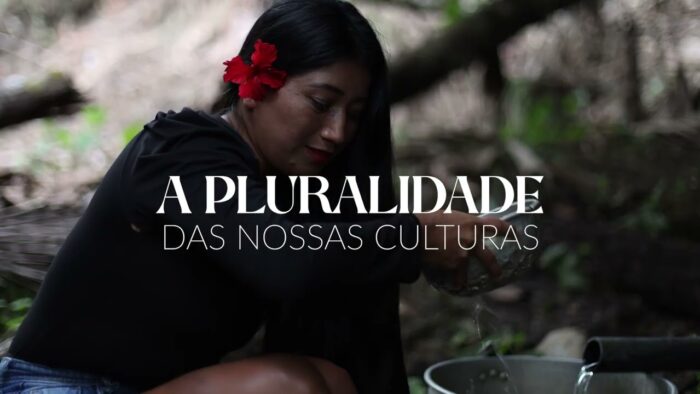Organization: UN Children’s Fund
Country: Mexico
Closing date: 01 Jun 2017
UNICEF is leading a multi-year investment project to overhaul UNICEF’s global digital engagement and communications. The Digital Transformation Project (DTP) centres around a new unicef.org, which will become a knowledge and advocacy engine for children’s rights. The vision of a UNICEF that is innovative, collaborative, and nimble requires that unicef.org be transformed into a digital platform and content syndication service that is audience-centred, structured not as a mirror of our internal organization, but designed in a way that makes sense for the external user.
As part of the pilot group of offices which will launch this new unicef.org website first, UNICEF Mexico Country Office seeks to hire a highly qualified Communication Assistant (Digital):
Purpose for the job The Communication Assistant (Digital) will be responsible for assisting in planning, implementing, monitoring and evaluating an advocacy & communication strategy to get children’s and women’s issues into the public domain, strengthen political will in support of UNICEF’s mission and objectives in the country, and enhance the organization’s credibility and brand. The role of the incumbent of this post will be key in the achievement of the Communication and Public Advocacy Strategy goals by providing technical support to the implementation of digital and social media strategies
In this capacity, the need to project the image of a credible and reliable service provider is imperative to quality of process delivery, and the impact of work directly reflects on the overall reputation of the team in terms of responsiveness to client needs and quality of process execution.
Key functions, accountabilities and related duties/tasks
Summary of key functions/accountabilities:
Support to monitoring and reporting of results
Support to monitoring online mentions and actions
Support to knowledge management and capacity building
Support the management of UNICEF’s digital and social media strategies
1. Support to monitoring and reporting of programme results
– Ensure that baselines are established against which the achievement of objectives of the Communication Strategy are regularly evaluated; analysis is undertaken to continuously improve the effectiveness of communication strategy, approach and activities; results and reports are prepared and shared on a timely basis.
– Prepare monitoring and reporting information for supervisor on agreed performance indicators to drive more efficient management and accountability for results.
2. Support to monitoring online mentions and actions
– Ensure that mentions about UNICEF’s Brand and UNICEF’s Initiatives are monitored on digital media.
– Measure the performance of proprietary presences of UNICEF Mexico in digital media, evaluates the performance and suggests new approaches when needed.
– Listen to discussions on UNICEF and on issues and campaigns of interest of the organization in social media, both nationally and internationally.
– Contribute to social media monitoring provided by partners.
3. Support to knowledge management and capacity building
– Research, analyzes, verifies and synthesizes information on best practices and lessons learnt to support knowledge development and capacity building.
– Support capacity development activities related to performance monitoring, programme development, and related internal UNICEF systems/tools by preparing training materials and participating on exercises pertaining to program processes and procedures which aim to build capacity of stakeholders.
– Effective and timely professional assistance to disseminate the contents of the programme areas of UNICEF in Mexico. Work together with the others teams for an optimum implementation of social media channels in support of Communication and Public Advocacy Strategy.
4. Support the management of UNICEF’s digital and social media strategies
– Ensure that the production of communication products and materials is timely executed and followed up to support country communication strategy, regional and global campaigns and priorities and to support resource mobilization as set out in the work plan.
– Effective and timely professional assistance towards development of strategies in social media outreach and public engagement for the messages and campaigns of UNICEF in Mexico.
– Update the content of UNICEF’s proprietary presences in Mexico in digital media channels.
– Support to plan and craft social media posts for UNICEF’s social media channels: Facebook, Twitter, Instagram, YouTube and other channels that may be created.
– Interact with users of social presence of UNICEF in Mexico and assists them on their needs for information of UNICEF’s operational aspects on a daily basis.
– Support the implementation of an e-CRM through use of social media to generate leads and create means of engaging with this audience.
– Produce images, infographics and basic video editing on UNICEF’s actions to be published on UNICEF’s Mexico social media.
– Liaise with the Digital Fundraising focal point to ensure synergies between communication and/or advocacy efforts and fundraising in every relevant and applicable instance.
Impact of Results
The efficiency and effectiveness of support provided ensures that a strong digital activations are provided in order to meet the organization’s needs in terms of public advocacy, branding and fundraising.
Competencies and level of proficiency required
Core Values
Commitment
Diversity and inclusion
Integrity
Core competencies
Communication (I)
Working with people (II)
Drive for results (I)
Functional Competencies:
Analyzing (I)
Learning & Researching (I)
Planning and organizing (I)
Following Instructions and Procedures (I)
Recruitment Qualifications
Education:Completion of secondary education, preferably supplemented by technical or university courses related to the work of the organization.First level university degree (Bachelor or equivalent) in Communications, Journalism, Public Relations or related field is considered an asset
Experience:
– A minimum of 5 years of relevant professional work experience in the area of social media channels and monitoring tools is required.
– Additional years of experience in communication, print and broadcast media and/or interactive digital media is considered an asset.
– Previous professional work experience with digital monitoring tools and social media data analysis is desirable.
– Past work experience in the area of creative design and knowledge of social media community management is considered an asset.
Language Requirements:Fluency in Spanish and English is required.
Non-Mexican candidates must be in possession of an existingMexicanFM2/3 visa or be aMexican permanent resident.
How to apply:
UNICEF is committed to diversity and inclusion within its workforce, and encourages qualified female and male candidates from all national, religious and ethnic backgrounds, including persons living with disabilities, to apply to become a part of our organization. To apply, click on the following link http://www.unicef.org/about/employ/?job=504683


